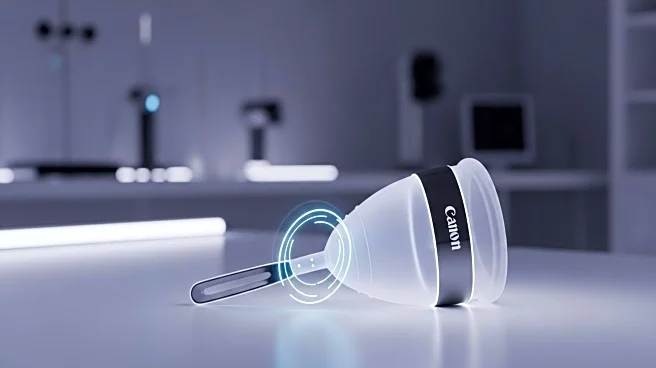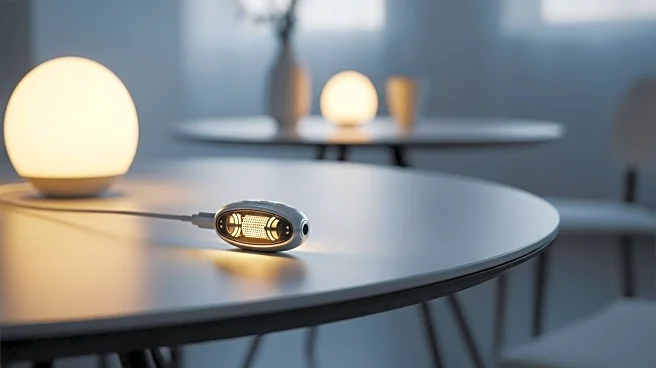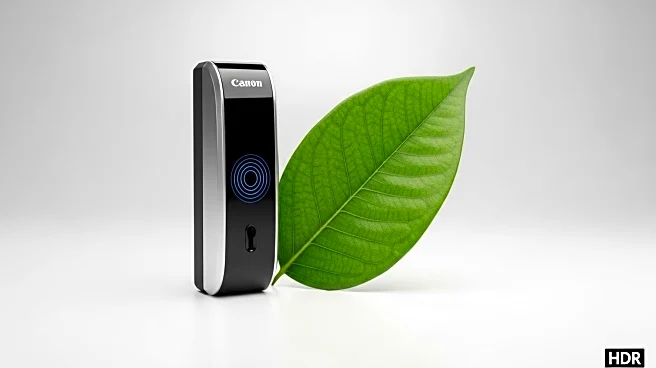What is the story about?
What's Happening?
Researchers at McMaster University have introduced a novel menstrual cup design that aims to improve user experience and pave the way for advanced health monitoring technologies. This new design addresses safety, usability, and environmental sustainability issues that have historically limited the adoption of menstrual cups. The innovation features a flushable tablet made from a biodegradable fibrous matrix derived from seaweed, which securely holds menstrual fluid and minimizes spillage during removal. The cup's silicone body is infused with lubricant to repel viruses and bacteria, eliminating the need for sterilization. This development is part of a broader initiative to create wearable health technologies focused on women's reproductive health, with potential for biosensors to detect infections and other health markers.
Why It's Important?
The introduction of this menstrual cup is significant as it addresses longstanding usability concerns and promotes sustainable menstrual health practices. It offers a solution to period poverty, particularly in low- and middle-income countries where access to safe menstrual products is limited. The biodegradable and flushable design reduces environmental impact by minimizing waste from disposable products. Furthermore, the potential integration of biosensors for health monitoring could revolutionize diagnostics for conditions like urinary tract infections and reproductive cancers, enabling earlier intervention and improved clinical outcomes. This innovation represents a shift towards proactive women's health management and could transform healthcare delivery, especially in under-resourced regions.
What's Next?
The McMaster team plans to further develop the menstrual cup by integrating microelectromechanical systems and advanced biosensors linked with artificial intelligence analytics. This would allow for real-time health feedback via connected mobile devices, empowering users with personalized health insights. The technology could serve as a tool for early diagnosis, chronic condition monitoring, and epidemiological studies. As the innovation progresses towards commercialization, it promises to deliver a functionally superior product that monitors and safeguards reproductive health proactively, setting a new benchmark in smart health technology tailored to female physiology.
Beyond the Headlines
This development highlights the intersection of biosensor technology, wearable device engineering, and artificial intelligence in advancing women's health diagnostics. The use of menstrual fluid as a diagnostic matrix opens new avenues for non-invasive biomarker analysis, which could lead to personalized diagnostics and improved healthcare outcomes. The innovation also addresses societal stigma and inertia that have hindered progress in menstrual care, offering a tangible solution that merges advanced materials engineering with integrated biosensing capabilities.
AI Generated Content
Do you find this article useful?













